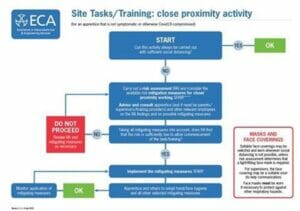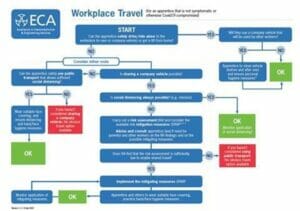
| Safe Travel to Work |
|
ECA’s director of CSR, Paul Reeve, explores the possibilities for apprentices – and others – to travel and work safely on site in these continually challenging times …
|
|
|
|
|
|
|
|
|
|
|
|
|
|
|
|
|
|
|
|
|
|
● Timber Frame ● SIP Frame ● Post & Beam ● Traditional Feature Trusses ● Glulam Structures
● Hybrids ● Low Energy Components
For really attractive, flexible, affordable and HEALTHY Low Energy Homes, call, send us your drawings, or visit our manufacturing plant now.
|

 Paul Reeve – ECA
Paul Reeve – ECA

